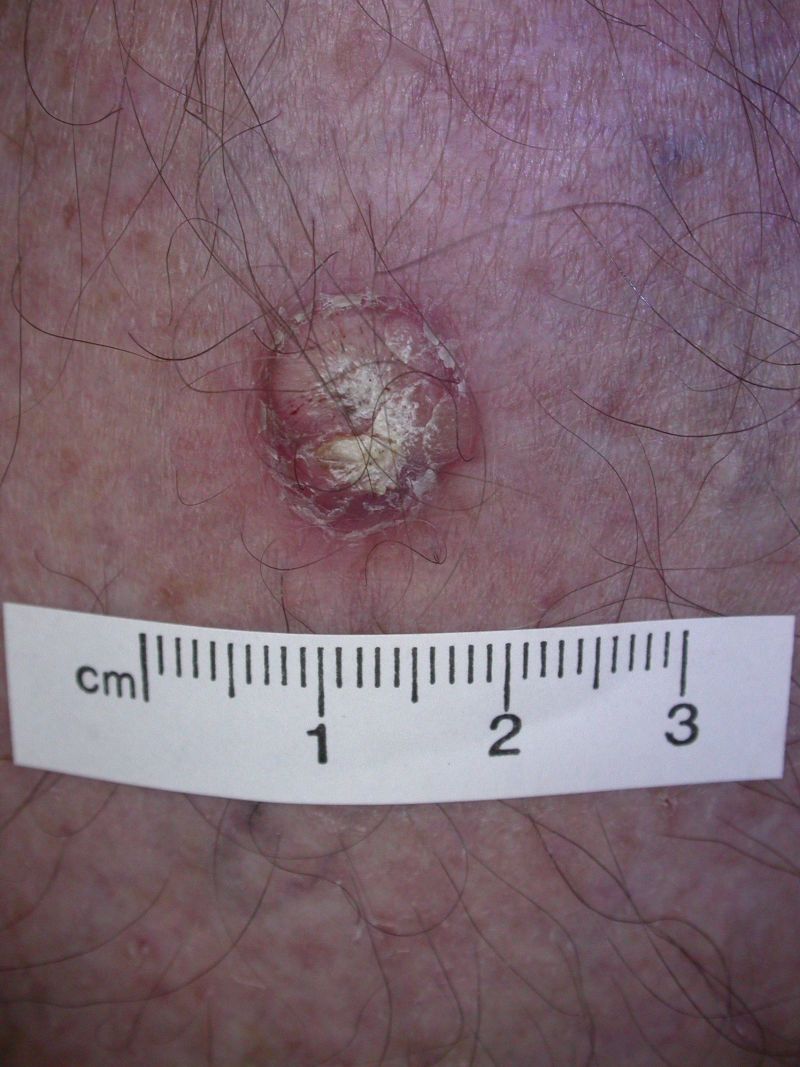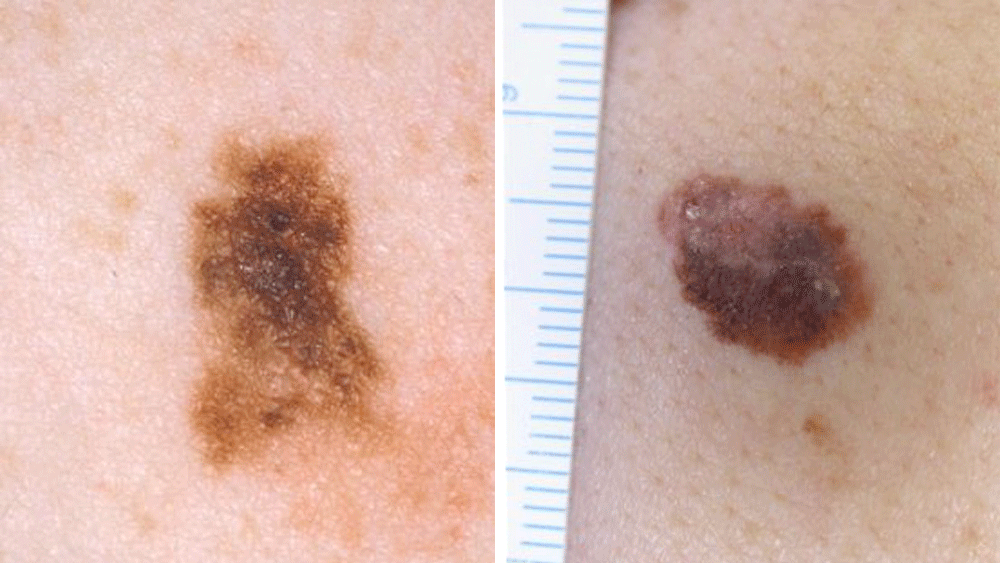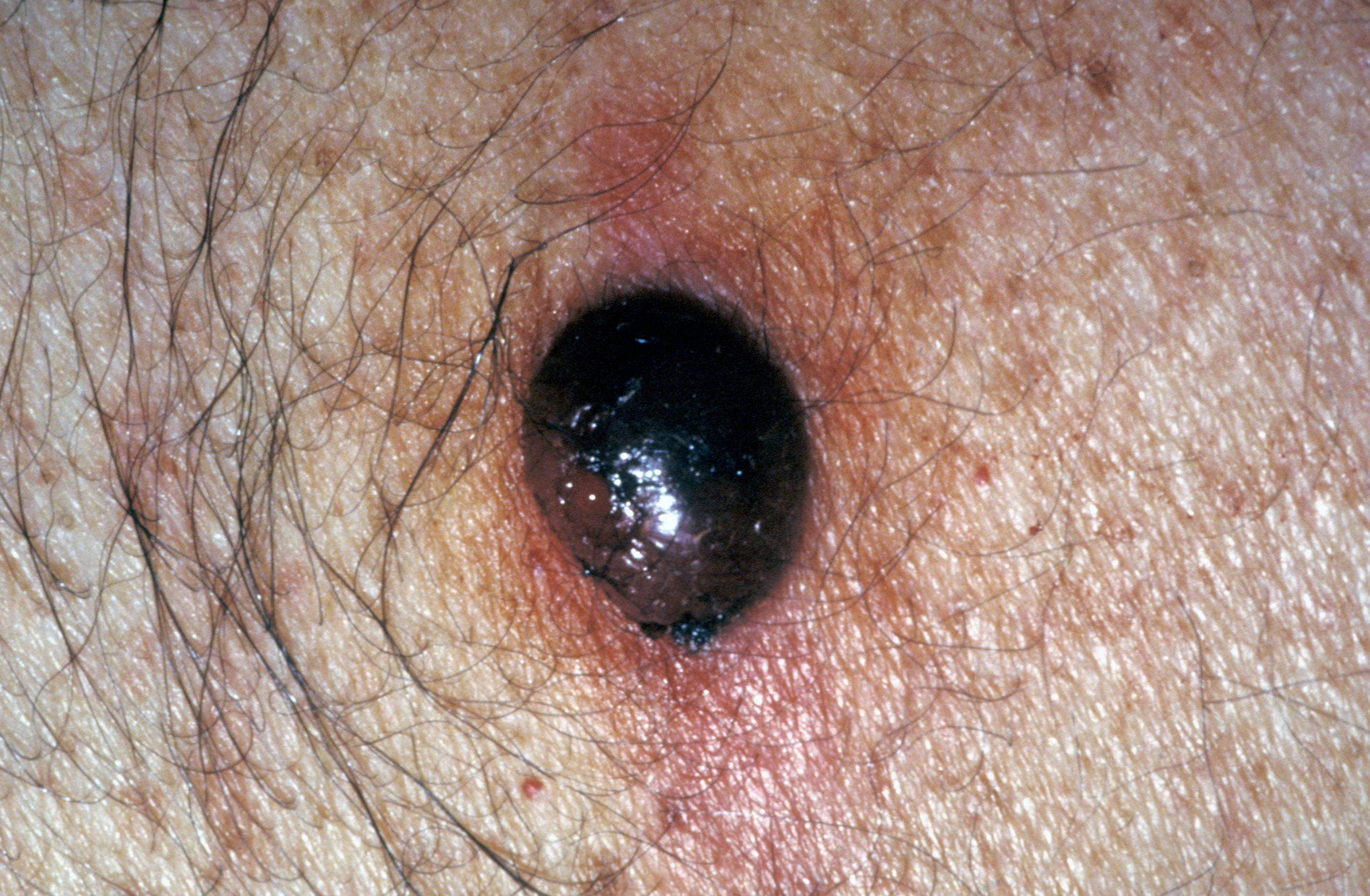
How many moles do you have on your body? If you spotted a freckle on the back of your arm, would you know if it had always been there, or had changed shape or colour? What about one in your hair?
Without checking your skin regularly, it can be hard to notice changes that might indicate skin cancer. And when it comes to skin cancer, there are a few good reasons for Queenslanders to stay vigilant.
Year-round high UV levels and a warm climate that entices us to spend time in the great outdoors mean that the Queensland lifestyle can lend itself to high levels of sun exposure. It’s no surprise then that Queensland has the highest rate of skin cancer diagnosis in the world.
Skin cancer can be deadly but is often curable if found early. It’s important to check your skin regularly for signs of skin cancer.
While skin cancers typically appear on skin exposed to the sun, they may also appear in places that are not usually exposed to sunlight, such as between the toes, in the vagina, or in the mouth.
What is skin cancer?
Cancer is the name given to diseases that cause cells in a specific part of the body to grow and multiply rapidly. Skin cancer is cancer that develops in the skin cells. There are different types of skin cancer.
Basal cell carcinoma is the most common type of skin cancer. This type of skin cancer can appear as a lump or scaling area of skin, which is red, pale or pearly in colour. The spot may become ulcerated (a sore) and not heal. Basal cell carcinomas often grow on the head, neck or upper body. They tend to grow slowly, without spreading to other parts of the body.

Squamous cell carcinomas appear as a thickened, red, scaly spot. These spots might bleed easily or ulcerate. They appear in places that are most often exposed to the sun. Squamous cell carcinomas grow slowly over months and can spread to other parts of the body if left untreated.

Melanoma is the most dangerous form of skin cancer. If not treated, it can spread to other parts of the body, often including the lymph nodes, liver, lungs, bones, or brain, and can be deadly. A melanoma might appear as a new spot, or might grow in an existing spot, freckle or mole. They can be flat on the skin or stick out. A melanoma will often have an irregular outline and be more than one colour.


You can see more pictures of the different types of skin cancer here And here (PDF) If you notice a change in your skin that doesn’t look like one of these pictures, you should still have your doctor look at it just in case.
What should I look for?
Check your skin regularly, so that you can notice any changes when they happen. When checking your skin, look for:
- new moles or moles that have increased in size
- changes in the outline of a mole
- a mole that becomes rough, scaly or ulcerated (like a sore)
- moles that itch, tingle, bleed or weep
- a spot or freckle that becomes raised or develops a lump within it
- a spot or freckle that changes colour or is varied in colour
- spots or freckles that look different from others on your skin
Remember to check your body. You might need to have someone help you check hard-to-see areas.
Make sure you thoroughly check your:
- head and neck – including your scalp (under your hair), eyes, face and lips
- upper body – front, back and sides
- arms and hands – including your nail beds, between your fingers and in your armpits
- buttocks and pubic area
- legs and feet – including the soles of your feet, between your toes and in your nail beds.
You can take photos of your moles to help you track any changes. Apps are available to help you track your moles over time.
Other apps, such as Sunsmart Global UV and the Bureau of Meteorology (BOM) app can give you the sun’s UV radiation levels and alerts at your location.
What should I do if I notice a change or new spot?
Show your doctor the area you are concerned about, so they can have a look at it. Your doctor might look at the spot with special equipment, take a biopsy or refer you to a specialist skin doctor for further investigation or treatment.
When should I start checking for skin cancer?
Skin cancer is not just a disease that impacts older people. In fact, melanoma is the most common cancer in young Australians aged 20-39.
Checking your skin from a young age will help you notice changes as they happen, rather than questioning if that mole on your knee is new, or if it’s been there your whole life.
If you’re over 40, you can now use a tool created by the QIMR Berghofer Medical Research Institute to predict your risk of melanoma.
My skin doesn’t burn, do I have to check?
Most skin cancers are caused by damage to the skin cells from ultraviolet radiation exposure from the sun, but some skin cancers develop without sun exposure. Even if you’ve always been careful in the sun, or you have very dark skin that doesn’t seem to burn, you should still protect yourself from the sun and check your skin for changes regularly.
Should a professional be checking my skin?
Cancer Council Australia recommends getting familiar with your skin as the best way to notice changes possibly linked to skin cancer. Your GP or a specialist doctor can check your skin as well, but you are the person who will see your skin every day. Taking responsibility for knowing your skin could be lifesaving.
If you are at very high risk of skin cancer your doctor might recommend you book a check with them more frequently. People at high risk have very fair or fair skin, red or blond hair, have had a previous melanoma or other type of skin cancer or a strong family history of melanoma.
How to prevent skin cancer
Most skin cancers are caused by sun exposure and are preventable by minimising your skin’s exposure to the sun. Follow the five ways to be sun safe to protect your skin from sun damage:
Slip on a shirt
Wear a shirt that:
- provides a good level of skin coverage, including a collar and long sleeves
- is made from closely woven fabric in a dark colour (dark colours absorb UV radiation) and has an ultraviolet protection factor (UPF).
Slop on sunscreen
Make applying sunscreen part of your daily routine. Choose a sunscreen that is:
- broad-spectrum
- water-based
- sun protection factor (SPF) 30 or above
- not past its used-by date.
Slap on a hat
Choose a hat that shades the face, ears and neck, such as:
- a broad-brimmed hat
- legionnaire-style
- bucket hat.
Caps and visors are not recommended as they don’t offer enough sun protection for the face, ears and neck.
Seek shade
When outdoors, on sunny or cloudy days, take cover:
- under trees or buildings
- under an umbrella or another portable shade structure.
Slide on sunglasses
Choose sunglasses that:
- meet the Australian standards and have an eye protection factor (EPF) of 9 or 10
- cover the side of the eye area and fit closely to the face.
Some skin cancers aren’t caused by sun exposure. This is why you should check regularly, even if you’ve been very vigilant about sun, including places that aren’t exposed to the sun.